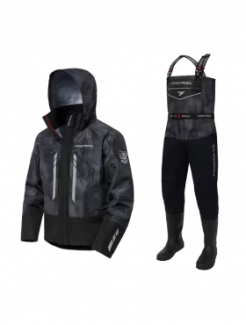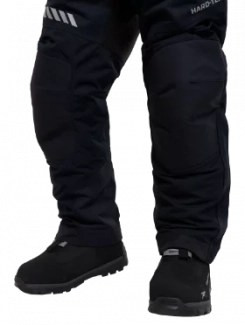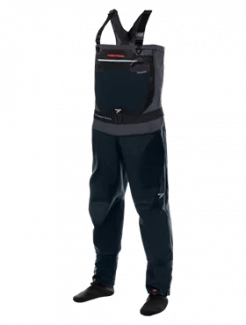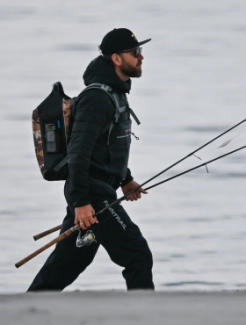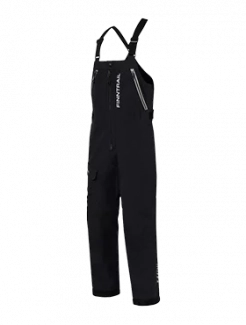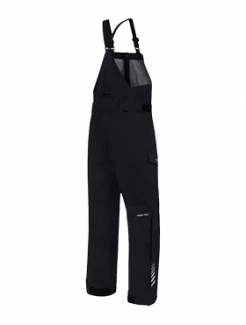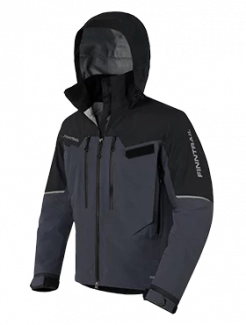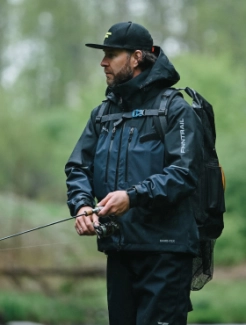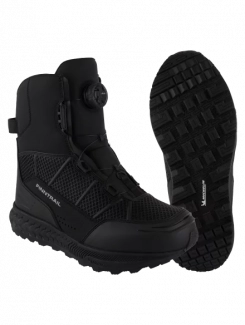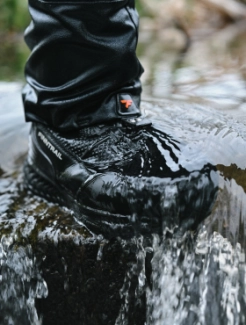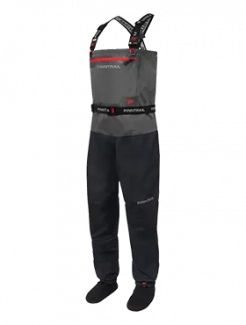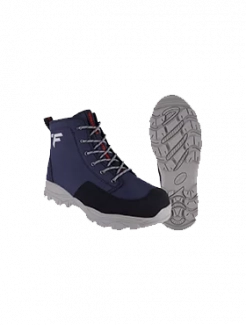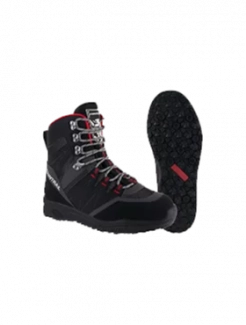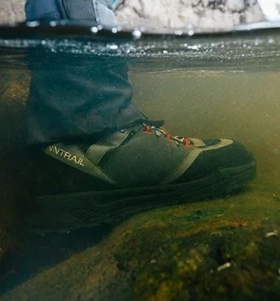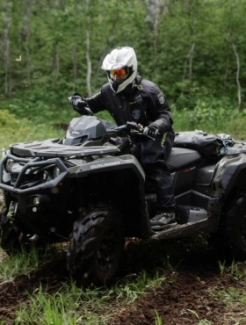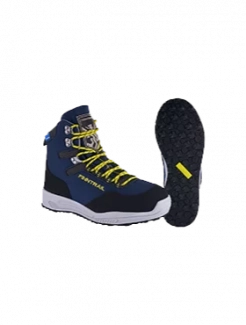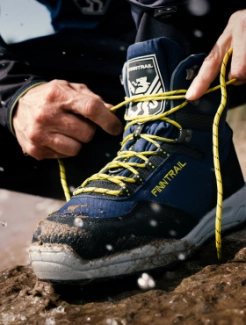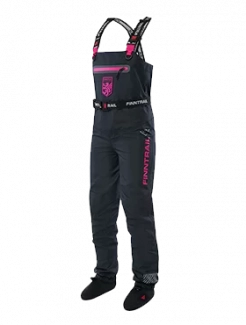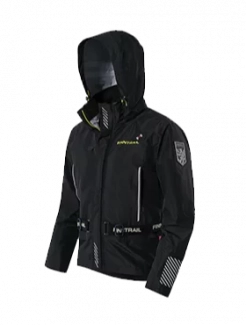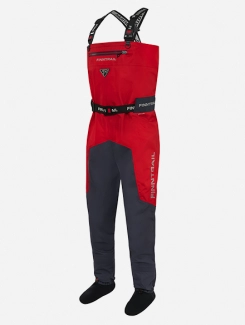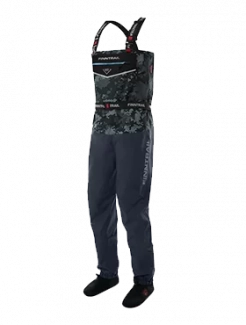How to Untangle a Stuck Winch Cable
It is not uncommon for a winch cable to get stuck or jammed at some point during its lifetime. Make it easier on yourself by knowing the tricks in this post to untangle a stuck winch cable.
Before You Begin
There are some safety tips you should get down right away.
Wear heavy duty gloves if you're handling steel cable. As tough as these cables are, they do splinter and these splinters can tear your hands.
Make sure to always grasp the cable one foot or more away from the winch itself. Should you or someone else accidentally start the winch, you need time to pull away to keep your hand from getting caught.
Read the owner's manual to make sure the winch doesn't have any additional safety tips you should know about.
Now to Untangle a Stuck Winch Cable
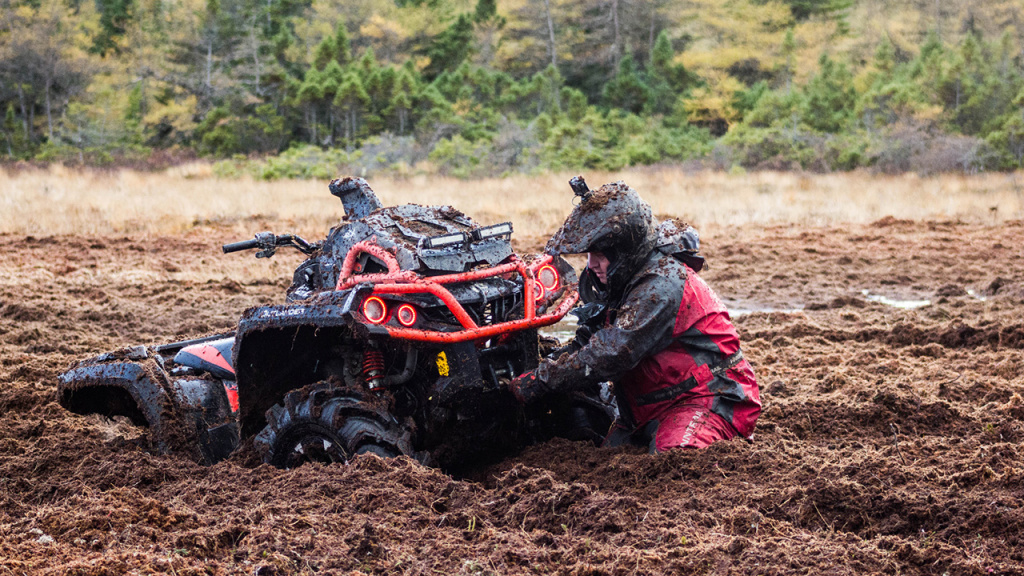
There are several methods you can use to untangle a winch cable.
The Pull and Press Method
This tactic should usually be your first go to because it is the quickest and easiest on the winch.
Unspool the winch until you reach the spot where the cable binds. The cable will no longer spool and will begin to reverse.
Grab the free end of the cable, at least one foot from the winch, and use your bodyweight to pull the cable straight down.
While you're pulling, press the winch's "Out" button for just a second. Or have another experienced winch user do it for you while you pull. Be sure to press, "Out."
The cable should be free. If needed, spool the cable in and out several times to work out the bind.
The Recruit a Stationary Object Method
Position the vehicle (or a winch anchor) so a strong, stationary object is in a straight line from the winch. A suitable object may be a tree, telephone pool, or another vehicle. Make sure the cable won't be rubbing on any sharp objects.
Activate the free spool option on the winch and make sure it spools freely.
Attach the cable to the stationary object where the object touches the ground. If the cable is too short because it's caught, you can extend it with a strap.
Gently move the vehicle to increase the tension in the line. If that doesn't do it, apply throttle.
If it doesn't release, stop. You don't want to put too much tension on the cable or you may break the winch.
The Vehicle's Tension Method
This one is very similar to the Recruit a Stationary Object Method. The only difference is that you won't be free spooling the winch, you'll just gently move the vehicle to create the tension that will release the snag.
The Take it Apart Method
And, yes, we mean the winch.
Super bad snags and knots can't be worked out, they have to be manually removed and that means disassembling the winch.
The first thing you want to do is take photos of the winch at various stages so you can be sure you remember how to put it back together correctly.
You'll need to take the winch off the ATV.
To do that, you'll need to disconnect the positive and negative cables and wrap electrical tape around the positive cable. Remove the fairlead. There will be four bolts holding the winch on. Remove those. There may be additional bumpers or panels you need to remove.
You'll see two or four hex bolt rods on the winch. Remove them. You can then wiggle the winch until the drum comes loose.
Now for the worst part, manually unknotting the cable. You'll have to do this just like it was in a rope or thread.
If you can't unknot the cable, or the cable has been visibly damaged by the knot, you'll have to cut it with heavy duty bolt cutters or a Dremel tool (use goggles for this). A torch may be needed to heat it enough to cut it.
Make sure when unknotting or cutting that you don't damage the drum.
Unspool all the cable from the drum.
Reassemble the winch, remembering exactly how it was before. Then respool the cable onto the drum while applying tension. Unless you cut it. Then you'll need to buy new cable to respool on.
If The Cable is Stuck in the Anchoring Hole
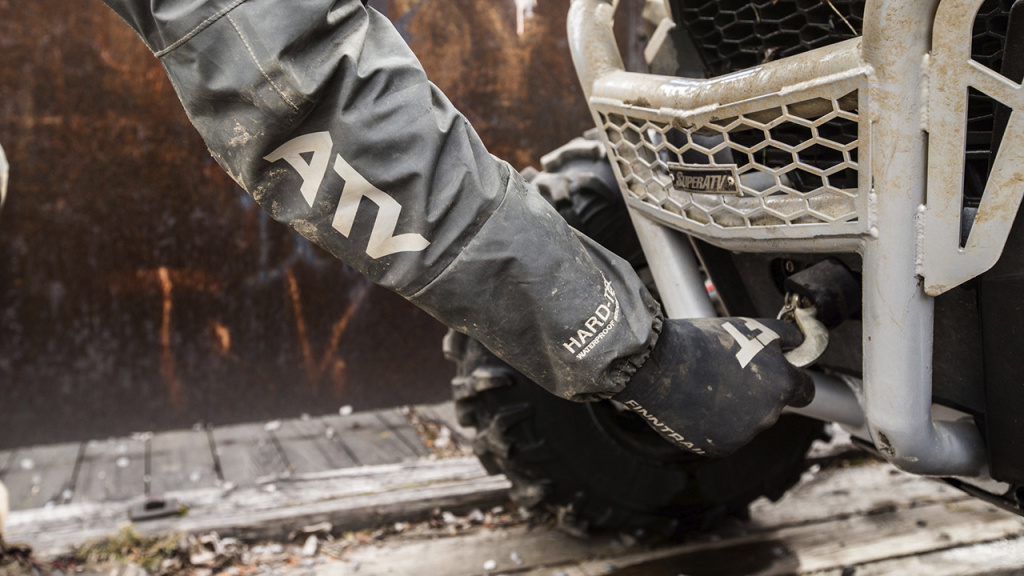
Depending on your winch, you will be dealing with wedge or hex set screw fasteners.
With wedge fasteners, you can locate a loop in the cable, punch an awl through the loop with a hammer and pull the cable through the hole until it loosens the tension on the wedge and pops the wedge out. You should be free to pull the cable through at that point. Then, replace the wedge.
With hex set screws, you remove the screw. The cable may immediately come out. If not, use a 5/16 punch and hammer to punch it out. Lubricating the cable may help. For badly stuck cables, you may need to grind the cable to make it fit through the hole or drill the hole larger.
Dealing with Rust
If the cable is rusted and stuck, spray some PB-blaster on it or something similar and let it sit before trying any of the above methods.
How to Prevent Getting a Stuck Winch Cable
Thankfully, you can prevent a winch cable becoming stuck or tangled.
Always wrap the cable while under load so it will be less wiggly while winding and will fall into place more neatly.
Respool the cable after use. The cable will naturally spool itself back into place, but that's no guarantee that it's spooled correctly. You need to do it over again yourself.
You can install a fairlead with spring-loaded rollers to add tension to the cable as it spools. This is a particularly useful investment if you use your winch regularly.
Replace damaged cables. If your cable has gotten bends and kinks in it, it will be much more likely to develop them again when spooling in the future because it gets caught on itself or simply doesn't spool correctly.

